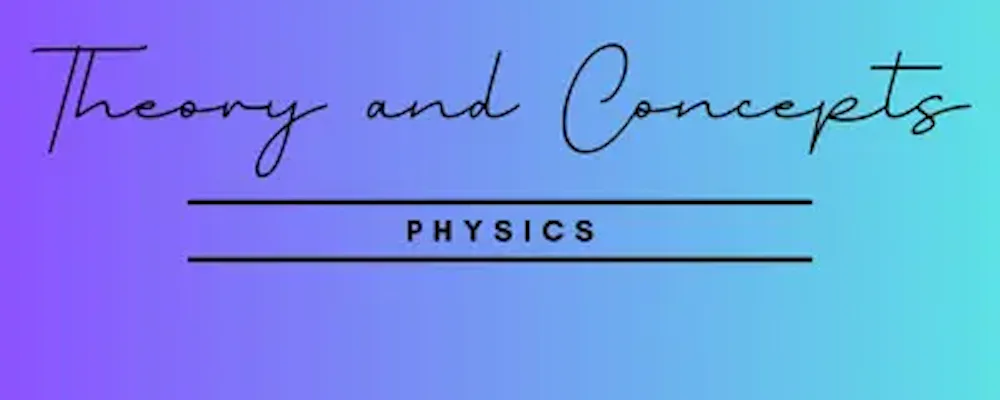


Fundamental Quantities
Out of large number of physical quantities which exist in nature, there are only few quantities which are independent of all other quantities and do not require the help of any other physical quantity for their definition, therefore these are called absolute quantities. These quantities are also called fundamental or base quantities, as all other quantities are based upon and can be expressed in terms of these quantities.
Derived Quantities
All other physical quantities can be derived by suitable multiplication or division of different powers of fundamental quantities. These are therefore called derived quantities.
If length is defined as a fundamental quantity then area and volume are derived from length and are expressed in term of length with powers 2 and 3 over the term of length.
· In mechanics, length, mass and time are arbitrarily chosen as fundamental quantities. However, this set of fundamental quantities is not a unique choice. In fact, any three quantities in mechanics can be termed as fundamental as all other quantities in mechanics can be expressed in terms of these. For example, if speed and time are taken as fundamental quantities, length will become a derived quantity because then length will be expressed as speed time; and if force and acceleration are taken as fundamental quantities, then mass will be defined as force/acceleration and will be termed as a derived quantity.
Fundamental or Base Quantities
The quantities which do not depend upon other quantities for their complete definition are known as fundamental or base quantities.
(1) Mass
(2) Length
(3) Time
(4) Temperature
(5) Current
(6) Luminous Intensity
(7) Amount of Substance





Zero Error
If the zero marking of main scale and Vernier calliper do not coincide, necessary correction has to be made for this error which is known as zero error of the instrument.

Positive Zero Error
If the zero of the Vernier scale is to the right of the zero of the main scale the zero error is said to be positive.
The zero error is always subtracted from the reading to get the corrected value.
Positive Zero Error Correction

Vernier Scale
With positive zero error
READING = (Main Scale Reading )+(Vernier Scale Reading )-Z E
READING = MSR +( VS Coincided division with MS ×LC) -Z E
Negative Zero Error
If the zero of the Vernier scale is to the left of the zero of the main scale the zero error is said to be negative. The zero error is always subtracted from the reading to get the corrected value.
Negative Zero Error Correction

Vernier Scale
With negative zero error

